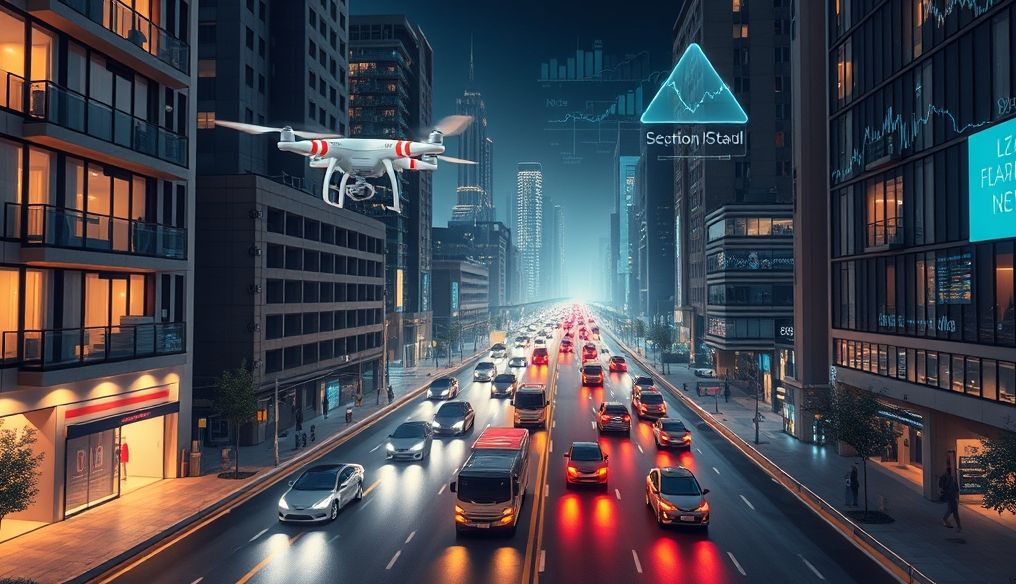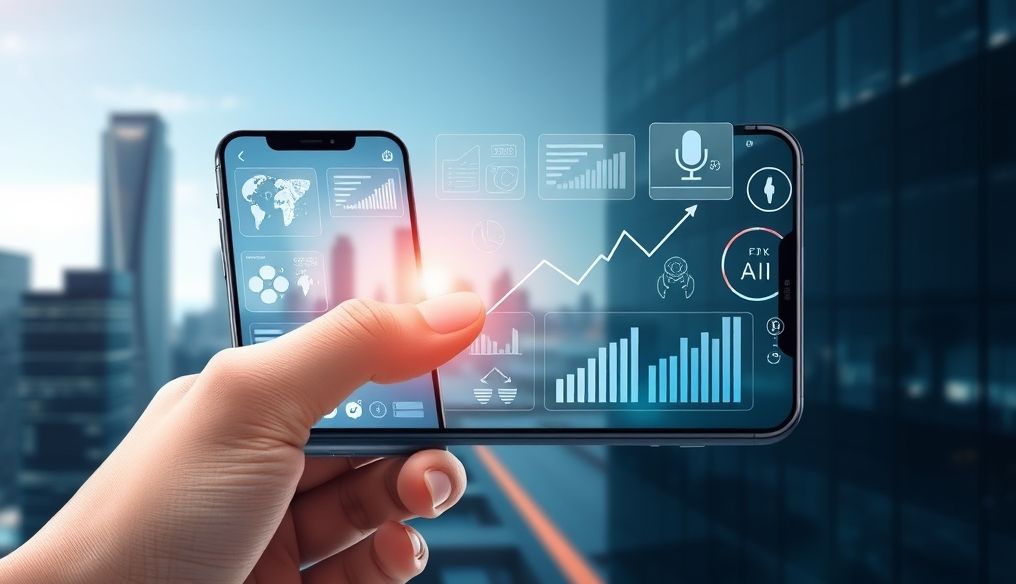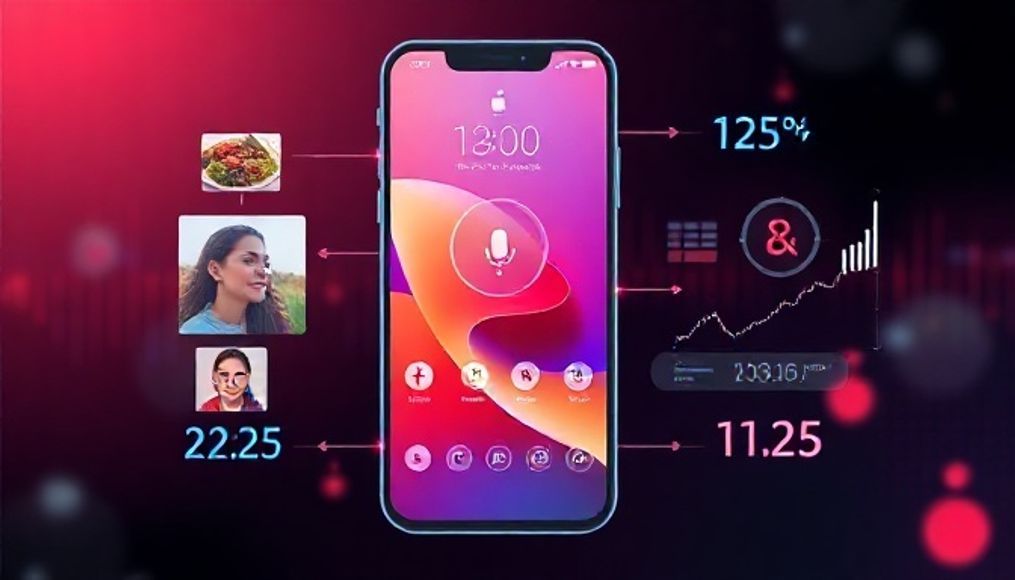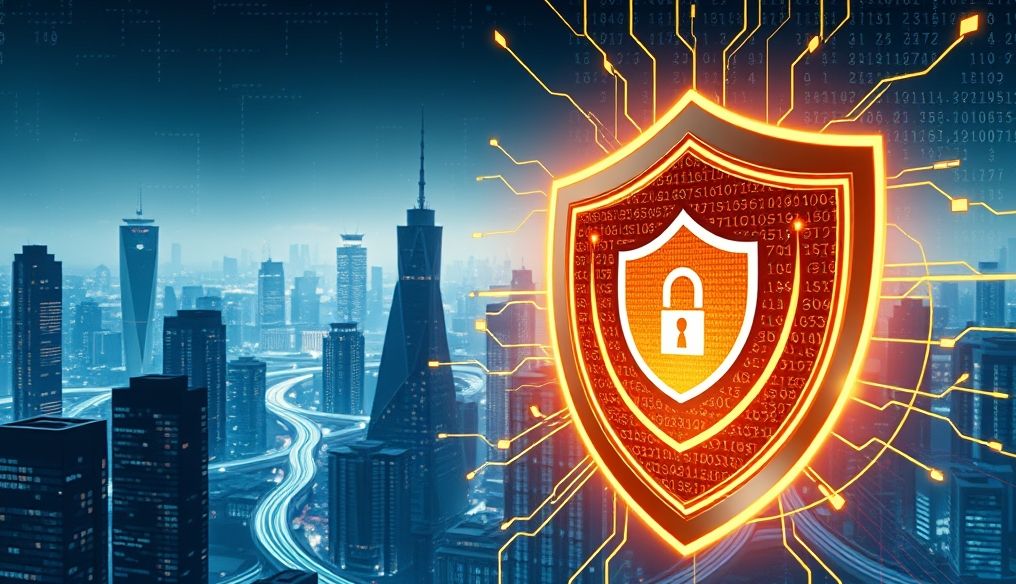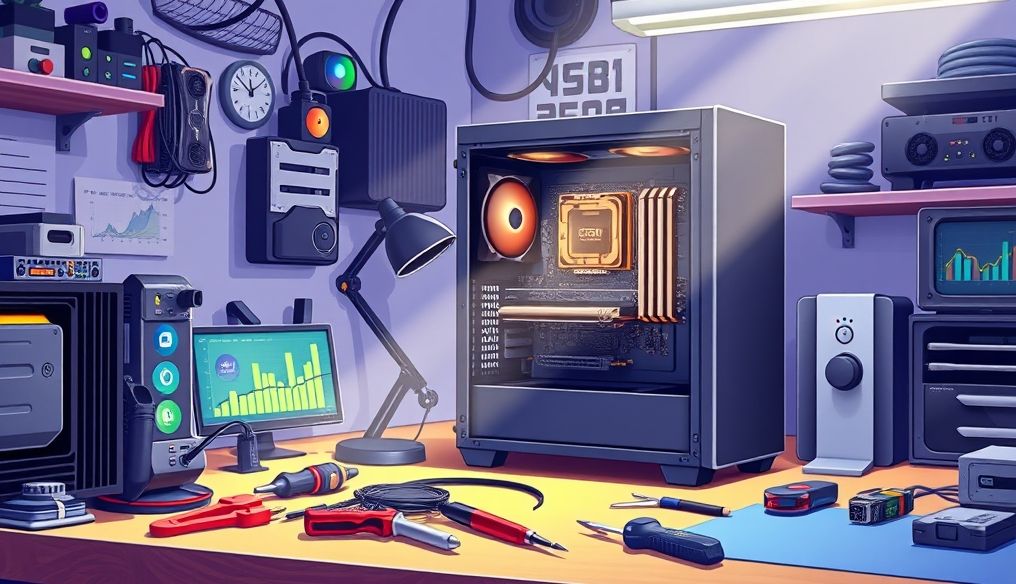Introduction: The 5G Revolution is Coming
Technology has always been a primary driver of change in our lives, and with the advent of fifth-generation (5G) technology, we are on the cusp of a new era of innovation and transformation. 5G is not just a faster version of 4G; it's a new digital infrastructure that promises to fundamentally change how we live, work, and interact with the world around us.
What is 5G Technology?
5G is the fifth generation of mobile phone network technology. It is characterized by significantly higher data speeds, lower latency, and a greater capacity to connect a vast number of devices simultaneously. These features make 5G more than just a faster network; it's a platform for innovation that can support a wide range of new applications and services.
- Ultra-Fast Speed: 5G speeds can reach up to 10 times the speed of 4G, allowing for downloading movies in seconds and running heavy applications smoothly.
- Low Latency: 5G reduces latency to fractions of a second, making it ideal for applications that require immediate response, such as autonomous driving and remote surgery.
- Massive Capacity: 5G networks can support a much larger number of connected devices compared to 4G, paving the way for widespread adoption of the Internet of Things (IoT).
How Will 5G Change Our Lives?
The impact of 5G will extend to all aspects of our lives, from health and education to transportation and entertainment. Here are some key areas that will undergo significant transformations:
1. Health and Healthcare
5G will revolutionize healthcare by enabling:
- Remote Surgery: Doctors can perform surgeries remotely using robots thanks to 5G's low latency.
- Remote Health Monitoring: Patients can monitor their health at home using wearable devices, and transmit data to doctors in real-time.
- Smart Ambulances: Ambulances can transmit patients' vital data to hospitals during transport, allowing doctors to prepare for treatment before the patient arrives.
Example: A hospital in New York City can perform a complex surgery on a patient in a remote area of Africa using 5G and surgical robots.
2. Transportation
5G will pave the way for:
- Self-Driving Cars: Self-driving cars rely on 5G to communicate with each other and with road infrastructure, enabling safer and more efficient driving.
- Smart Traffic Management: 5G networks can collect and analyze traffic data in real-time, allowing for improved traffic flow and reduced congestion.
- Drones: 5G-enabled drones can be used to deliver packages, monitor infrastructure, and provide assistance in emergencies.
Statistic: Estimates suggest that the self-driving car market will reach trillions of dollars by 2030, driven by 5G advancements.
3. Industry and Manufacturing
5G will transform industry by enabling:
- Smart Factories: Factories can use 5G to connect machines and sensors, enabling real-time monitoring of operations and improved efficiency.
- Predictive Maintenance: Sensors powered by 5G can collect data on the condition of equipment, allowing for predicting failures before they occur and avoiding unplanned downtime.
- Collaborative Robots: 5G-enabled robots can work alongside humans in factories, increasing productivity and improving safety.
Example: A car manufacturing company can use 5G to create a smart factory where robots, machines, and sensors communicate with each other to improve production efficiency.
4. Education and Learning
5G will change the way we learn by enabling:
- Virtual and Augmented Reality: Students can use virtual and augmented reality to experience immersive and interactive learning environments.
- Remote Learning: Students can access lectures and educational resources from anywhere in the world thanks to 5G's ultra-fast speeds.
- Personalized Learning: 5G can collect data on student performance and tailor educational content to suit their individual needs.
Tip: Schools and universities can invest in virtual and augmented reality technologies powered by 5G to create more engaging and effective learning experiences.
5. Entertainment and Media
5G will transform how we consume entertainment by enabling:
- High-Definition Video Streaming: Users can stream high-definition videos and movies in 4K and 8K resolution without any lag.
- Cloud Gaming: Users can play sophisticated video games on any device without needing expensive hardware.
- Virtual and Augmented Reality Entertainment: Users can experience immersive and interactive virtual worlds using 5G-enabled VR headsets.
Example: Users can watch a live concert in virtual reality from their homes using 5G-enabled VR headsets.
6. Smart Cities
5G is a cornerstone in the development of smart cities, enabling:
- Smart Energy Management: 5G networks can monitor energy consumption in buildings and homes, allowing for improved efficiency and reduced waste.
- Smart Waste Management: Sensors powered by 5G can monitor waste levels in containers, allowing for optimized waste collection routes and reduced costs.
- Smart Public Safety: Surveillance cameras powered by 5G can provide high-resolution images in real-time, helping to prevent crime and improve emergency response.
Statistic: The smart city market is expected to reach trillions of dollars by 2025, driven by 5G advancements.
7. Smart Agriculture
5G will revolutionize agriculture by enabling:
- Precision Crop Monitoring: Sensors powered by 5G can collect data on soil moisture, temperature, and nutrients, allowing farmers to make informed decisions about irrigation and fertilization.
- Smart Irrigation: Irrigation systems powered by 5G can adjust the amount of water used based on weather conditions and crop needs, saving water and improving productivity.
- Autonomous Agricultural Machinery: Self-driving tractors and harvesters powered by 5G can perform agricultural tasks with high precision and efficiency.
Example: Farmers can use 5G-enabled drones to monitor crops and identify areas that need additional irrigation or fertilization.
8. Commerce and Shopping
5G will change the way we shop by enabling:
- Augmented Reality Shopping: Shoppers can use their smartphones to see how products will look in their homes before buying them.
- Contactless Payment: Shoppers can pay for their purchases quickly and securely using their 5G-enabled smartphones.
- Rapid Delivery: Drones powered by 5G can deliver orders to customers within minutes.
Tip: Companies can use augmented reality technologies powered by 5G to create more engaging and interactive shopping experiences for their customers.
Challenges Facing 5G Deployment
Despite the enormous potential of 5G, there are some challenges that need to be addressed to ensure its widespread deployment, including:
- Cost: Building 5G networks is very expensive, and may require significant investments from telecommunications companies and governments.
- Coverage: 5G networks require a larger number of broadcast stations compared to 4G networks, which may make it difficult to provide comprehensive coverage in rural and remote areas.
- Security: 5G networks raise new security concerns, as they can be used to launch cyberattacks on critical infrastructure.
Conclusion: A Bright Future Thanks to 5G
5G technology has the potential to change our lives in ways we never imagined. By enabling new applications and services in the fields of health, transportation, industry, education, and entertainment, 5G can create new economic opportunities and improve the quality of life for people around the world. Although there are some challenges that need to be addressed, the future of 5G looks very bright.
Note: This article provides an overview of 5G technology and its potential impact on our lives. For more detailed information, please refer to reliable sources.
